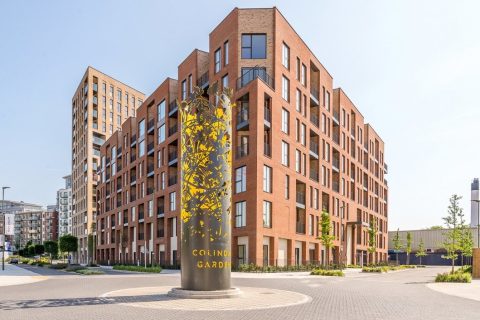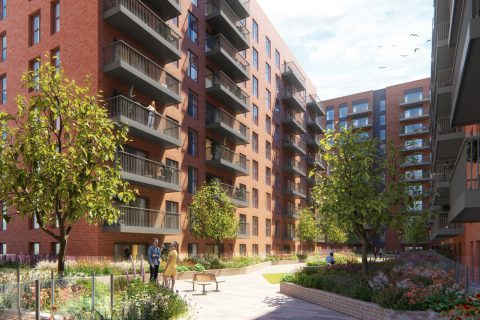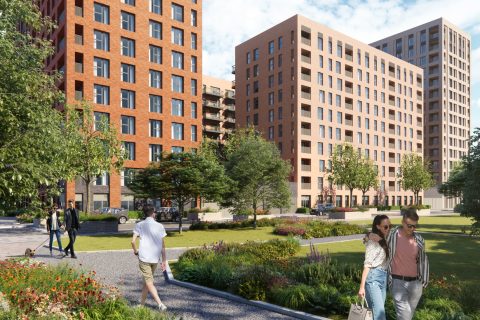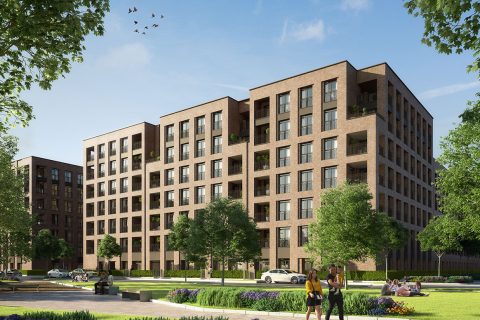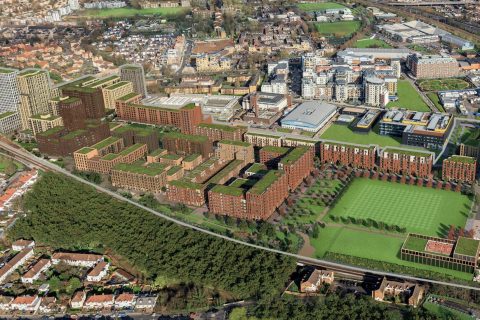Colindale Gardens, a Redrow development located in North London, occupies the former Peel Centre site, once a training facility for the London Metropolitan Police. Covering approximately 20.35 hectares, this ambitious project aims to create 4,000 new homes, complemented by a neighbourhood centre spanning around 10,000 square meters. The centre will be a hub of convenience, boasting an array of amenities such as shops, restaurants, a gym, community and leisure spaces, along with a brand-new primary school and nursery for the residents’ convenience. Additionally, the development will encompass a network of streets, pedestrian walkways, cycle routes, and essential infrastructure.
Playing a pivotal role in the undertaking, Patrick Parsons has been involved in providing geotechnical services, including the ground investigation report, as well as civil and structural engineering services for various phases of this project.
Block C within Colindale Gardens comprises 5 units, soaring between 10 to 15 storeys high, housing a total of 410 new homes. Out of these, 87 units will be made available through shared ownership, while 133 units will be designated as affordable housing options, catering to a diverse range of residents.
Civil Engineering Services:
- Site wide new road layout, incorporating TFL adoptable standards
- Road Safety Audit
- Advisory on works adjoining the London Underground
- Site wide drainage layout
Structural Engineering Services:
- Full structural design including, full RC details
- Basement design
- Temporary works
- Foundations
- Piling Mat
Challenges
Block C, being situated on a clay foundation, presented a unique challenge during construction. To accommodate the basement, approximately 5 meters of soil had to be excavated. However, our engineering team needed to find a solution to avoid swell and ground heave issues, as these could lead to undesirable uplift in the slab.
To address this concern effectively, a heave protection material was employed beneath the slab. This material served as a safeguard, preventing the soil from expanding excessively and causing ground heave. By implementing this protective measure, we ensured the stability and longevity of the structure, mitigating potential issues that could have arisen due to the clay soil’s characteristics.

